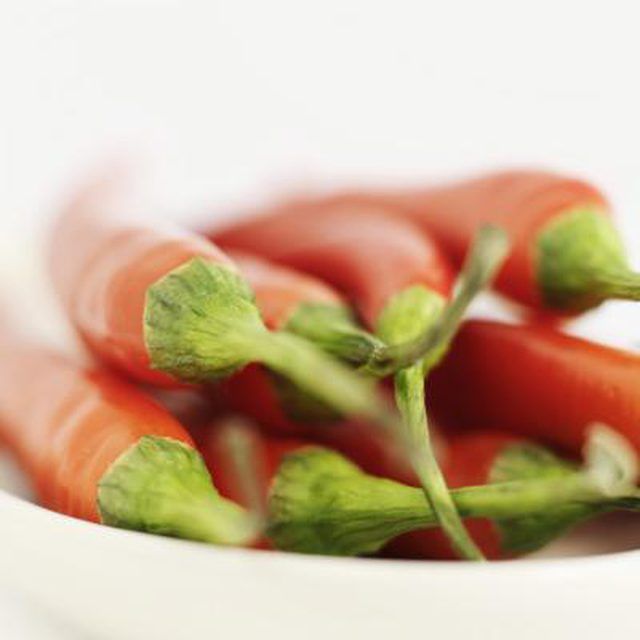Bulbs
Flower Basics
Flower Beds & Specialty Gardens
Flower Garden
Garden Furniture
Garden Gnomes
Garden Seeds
Garden Sheds
Garden Statues
Garden Tools & Supplies
Gardening Basics
Green & Organic
Groundcovers & Vines
Growing Annuals
Growing Basil
Growing Beans
Growing Berries
Growing Blueberries
Growing Cactus
Growing Corn
Growing Cotton
Growing Edibles
Growing Flowers
Growing Garlic
Growing Grapes
Growing Grass
Growing Herbs
Growing Jasmine
Growing Mint
Growing Mushrooms
Orchids
Growing Peanuts
Growing Perennials
Growing Plants
Growing Rosemary
Growing Roses
Growing Strawberries
Growing Sunflowers
Growing Thyme
Growing Tomatoes
Growing Tulips
Growing Vegetables
Herb Basics
Herb Garden
Indoor Growing
Landscaping Basics
Landscaping Patios
Landscaping Plants
Landscaping Shrubs
Landscaping Trees
Landscaping Walks & Pathways
Lawn Basics
Lawn Maintenance
Lawn Mowers
Lawn Ornaments
Lawn Planting
Lawn Tools
Outdoor Growing
Overall Landscape Planning
Pests, Weeds & Problems
Plant Basics
Rock Garden
Rose Garden
Shrubs
Soil
Specialty Gardens
Trees
Vegetable Garden
Yard Maintenance
How to Care for Hawaiian Chili Peppers
How to Care for Hawaiian Chili Peppers. If you like peppers that pack plenty of heat, then consider growing Hawaiian chili peppers. These pepper plants produce 1- to 2-inch-long green fruit that ripens to bright red and have a flavor similar to a Tabasco pepper. Unless you live in Hawaii, you may have difficulty finding Hawaiian chili pepper...

If you like peppers that pack plenty of heat, then consider growing Hawaiian chili peppers. These pepper plants produce 1- to 2-inch-long green fruit that ripens to bright red and have a flavor similar to a Tabasco pepper. Unless you live in Hawaii, you may have difficulty finding Hawaiian chili pepper plants, but you can grow them from seed ordered from specialty gardening catalogs. Once started, knowing how to care for your pepper plant will help it thrive and spice up your cooking.
Things You'll Need
Hoe or garden cultivator
Compost
Ground bark (optional)
Lime (optional)
Sand (optional)
Potting soil (optional)
Hawaiian chili pepper starts
Trowel or small shovel
Water
Low-nitrogen fertilizer
Prepare the area where your Hawaiian chili peppers will be planted. The site needs to receive at least six hours of daily sun. In the spring, after the soil has warmed, loosen the soil with the cultivator or hoe. Work in compost as you till the soil to improve fertility. For gardeners with clay soil, work in sand to improve drainage. Peppers prefer a soil pH of 7.0. If you have acidic soil, raise the pH with lime. Gardeners with alkaline soil can lower the pH by working in ground bark.
Harden off your seedlings by keeping them outdoors when nighttime temperature are 60 degrees or higher. Start by keeping them outside two hours a day. After three days, increase the time to four hours. Keep doubling the time they are outside every three days. When the seedlings are outside for a full 24 hours, you can plant them outside.
Dig a hole in your prepared bed with the trowel or garden shovel. The hole should be an inch deeper and 1 1/2 times wider than the pot your pepper seedling is in. If you're planting more than one Hawaiian chili pepper, space holes 12 to 18 inches apart. Loosen the seedling from its pot and place in the hole. Backfill the hole with soil, keeping the plant as straight as possible.
Water your Hawaiian chili pepper well. Keep the soil moist but not wet for the first two weeks, when the pepper establishes itself. Water the plant with an inch of water every week, includes rainwater. Increase watering to 1 1/2 inches during hot, dry spells.
Fertilize your Hawaiian chili pepper with a low-nitrogen fertilizer within the first month after transplanting. Feed it when flowers appear and again every two weeks when setting fruit. Stop feeding when the plant stops blooming.
Protect your pepper plant during hot weather. Although they like warm weather, temperatures above 95 degrees can cause your pepper to stop blooming and even drop fruit. To keep the plant as cool as possible, protect it with screening such as a bamboo screen to block out the majority of the sun.
Tips & Warnings
To reduce the likelihood of disease, don't plant your Hawaiian chili peppers in a bed where tomatoes, potatoes or other peppers were planted the year before.
You can also grow your peppers in a container.
Always follow the manufacturer's directions regarding application rates of lime and fertilizer.